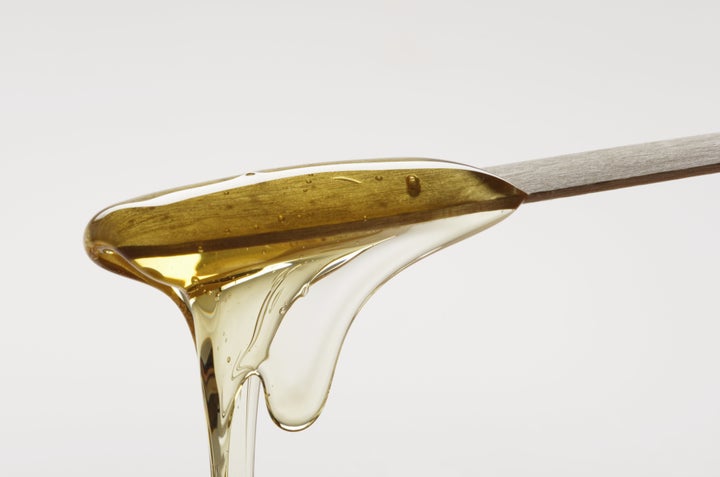It’s totally OK to have body hair, but if you do decide to remove it, you may not be exactly sure which method is best. Laser hair removal and waxing are two popular procedures that women and men can book at a salon or spa. Yet, there are still big misconceptions tied to them ― including the rumor that laser treatment doesn’t work on black people, and wax rips your skin off.
To debunk common myths about these two hair removal techniques, we turned to Spruce & Bond specialist Kristen Rogers to set the record straight. Scroll down to find out what we learned about the difference between laser and waxing. Then, share your hair removal stories in the comments section.

MYTH: Black people can’t do laser hair removal.
According to Rogers, there is no skin type or tone that laser will not work on. It is more about the color of the hair rather than texture or complexion. “There are different settings and machines for different skin types, which makes it possible for all skin tones to do laser,” she says.
FACT: The darker your body hair is, the better for laser hair removal.
Individuals with dark hair are prime clients for this method. Basically, the more contrast there is between your skin tone and hair color, the better. Rogers doesn’t believe people with blonde, red or gray hair will benefit from laser.
MYTH: You must be close-shaven before getting laser hair removal.
While Rogers says that most of her clients prefer to shave the areas where they will get laser treatment, it isn’t uncommon for the aesthetician to shave an area such as the bikini line. “It is scary and difficult for them,” she explains. “The only downside to having the specialist shave you in the room, is that it is a dry shave.”
FACT: It takes more than one laser hair removal session to see a significant reduction in hair growth.
“Laser hair removal works as a continuous process of removing the hair follicle of the given area over a specific amount of time,” says Rogers. “The laser works under the skin’s surface to damage the hair follicles and stunt future growth.” The professional notes that you should start to see results within two weeks of your first treatment.
As the hair grows back slower, it will be very patchy. Rogers adds, “I always recommend my clients to treat at least five times, spaced apart four to six weeks, to see the best results. Each session reduces hair growth by 10 to 15 percent.”
MYTH: You won’t experience any pain during laser hair removal.
It isn’t out of the ordinary for you to experience discomfort while getting laser treatments. To help minimize pain, Rogers says that some of her clients take two Advils 30 minutes before their treatment.

FACT: It is recommended that you allow hair to grow 1/8 of an inch before waxing.
“It’s surprising how many people think they need to shave before a wax,” says Rogers.“The longer the hair, within reason, the smoother of a wax you’ll receive.”
MYTH: Waxing grabs onto the skin in order to pull hair out.
When done correctly, waxing actually grabs onto the hair and pulls the follicle. This is why the area is smoother than after a shave, according to Rogers.
FACT: Hair grows back less quickly when waxing versus shaving.
Rogers attributes the slower growth to the hair follicle being completely removed during the wax process. “It is waiting for the next growth stage,” she adds.
MYTH: There is no need to exfoliate after waxing because the hair removal method does it for you.
Not entirely true. On the third day of post-waxing, Rogers recommends using a sugar scrub to exfoliate along with a natural form of salicylic acid like willow bark to keep the pores in the area closed and less prone to bacteria. Exfoliation also helps to minimize ingrown hairs.